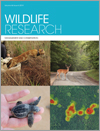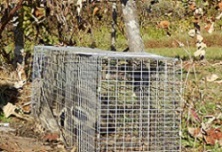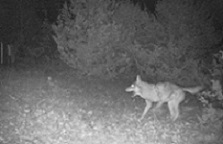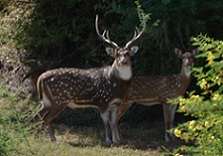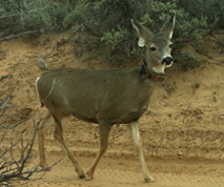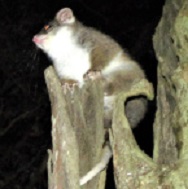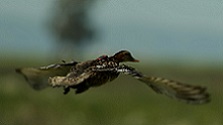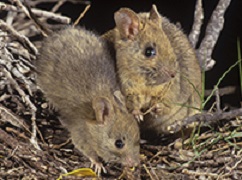
The greater stick-nest rat (an Australian native rodent) survived as just one population before management intervention in the 1980s. Since then, 10 translocations have been undertaken, greatly increasing the long-term security of the species. However, success of translocations has been variable, and this seems to be largely due to a lack of understanding of the key drivers of decline. Photograph by Jiri Lochman.


